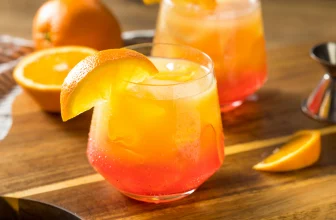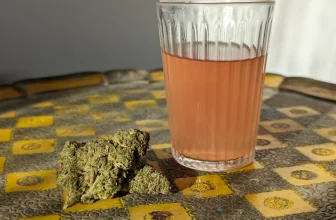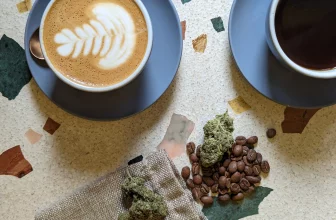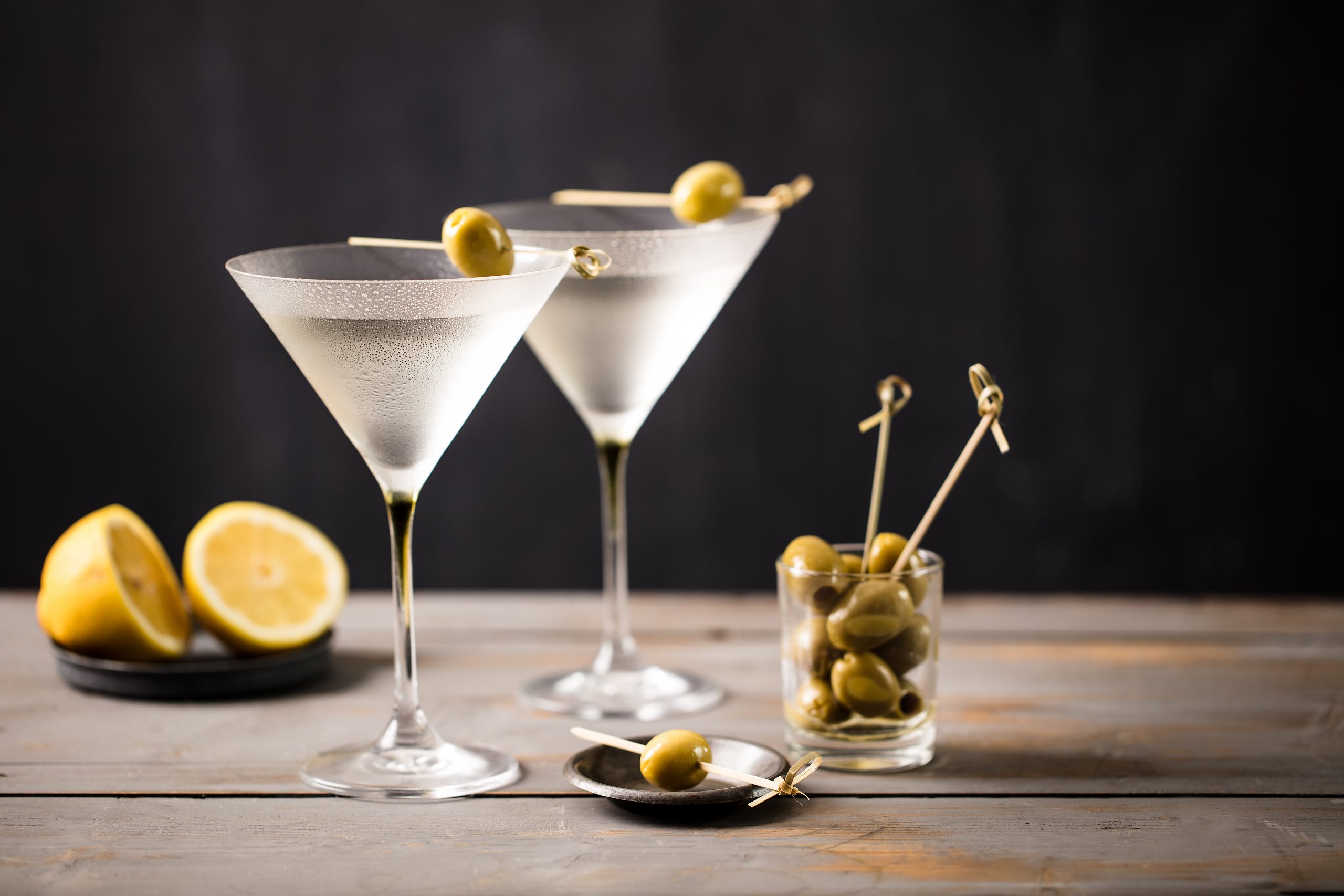
If you’re still learning how to make a martini, you may not know of the controversy and discourse surrounding the many variations on this drink. However, few classic cocktails can stir up as much argument as the martini. It’s been widely featured in many works of art, but perhaps its best-known mention is in the James Bond novels and movies.
Whether you prefer your martinis shaken or stirred, you need to know what goes into them and how adjusting just the smallest amounts of the ingredients can make big differences.
1. The Classic Martini Recipe
A classic martini is also known as a dry martini because relatively dry vermouth is recommended for this cocktail rather than sweeter varieties. When you also use dry gin, the combination can be practically mouth-puckering.
However, that’s what makes the martini fun to sip slowly and appreciate rather than drinking in gulps. Mixing in slightly sweeter vermouth or gin may not please purists who prefer the drink as dry as possible, but it’s perfectly fine to suit different palettes. The general classic martini recipe is:
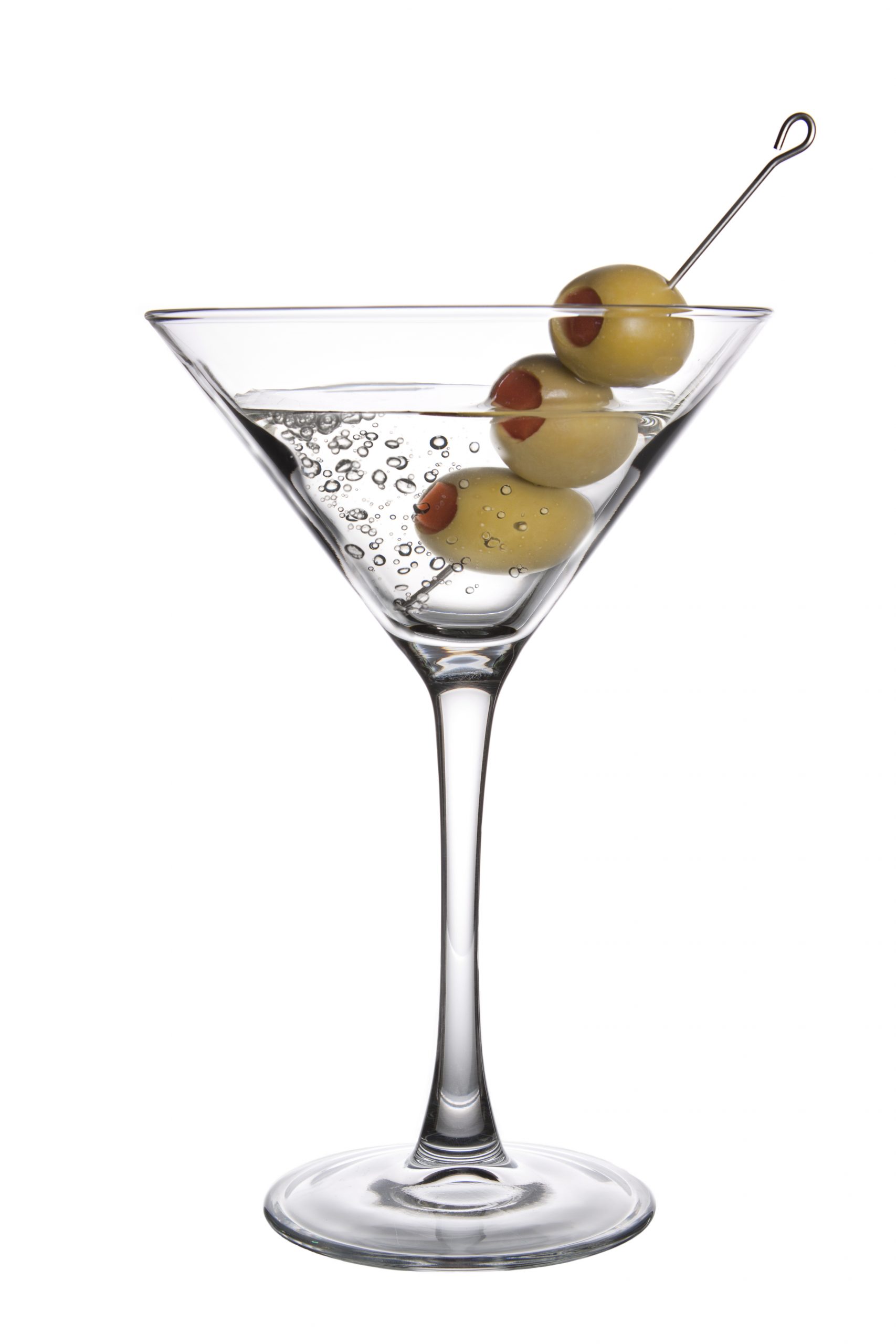
Prep Time
1 Minutes
Cook Time
2 Minutes
Total Time
3 Minutes
Serves
1 People
Calories
176 kcal
Instructions
- Mix the two liquors and the ice in a cocktail shaker or a mixing glass for only 30 seconds.
- Pour into a martini glass without the ice to keep it from being watered down.
- Garnish with a green olive stuffed with anything you might like for a twist.
Vodka vs. Gin Martini
Of course, vodka martinis are nearly as popular as the original cocktail because of the smooth and less noticeable taste of vodka. Some people simply don’t like the taste of gin and find it too dry when combined with vermouth.
Also known as vodkatinis, it’s worth learning how to make a martini without gin for when it’s not on hand. The recipe for a vodka martini is generally the same as the classic, simply with a neutral vodka for the gin. Most flavored martini variations are made by swapping a flavored vodka in, such as a vanilla variety for a lightly sweet martini. But in the strictest sense, a vodka martini is not a true martini but rather only a variation.
2. Dirty Martini Recipe
Dirty martinis are perhaps the most controversial of all, right after blended fruit drinks that use the name just because they’re served in a martini glass.
While almost all classic martinis feature a green olive as a garnish, the dirty martini takes it a step further. It’s the addition of brine from the green olive jar that makes this recipe a little different. Even if you don’t plan to drink these bracing and extra sour cocktails, you should still learn how to make a martini dirty in case someone else requests one.
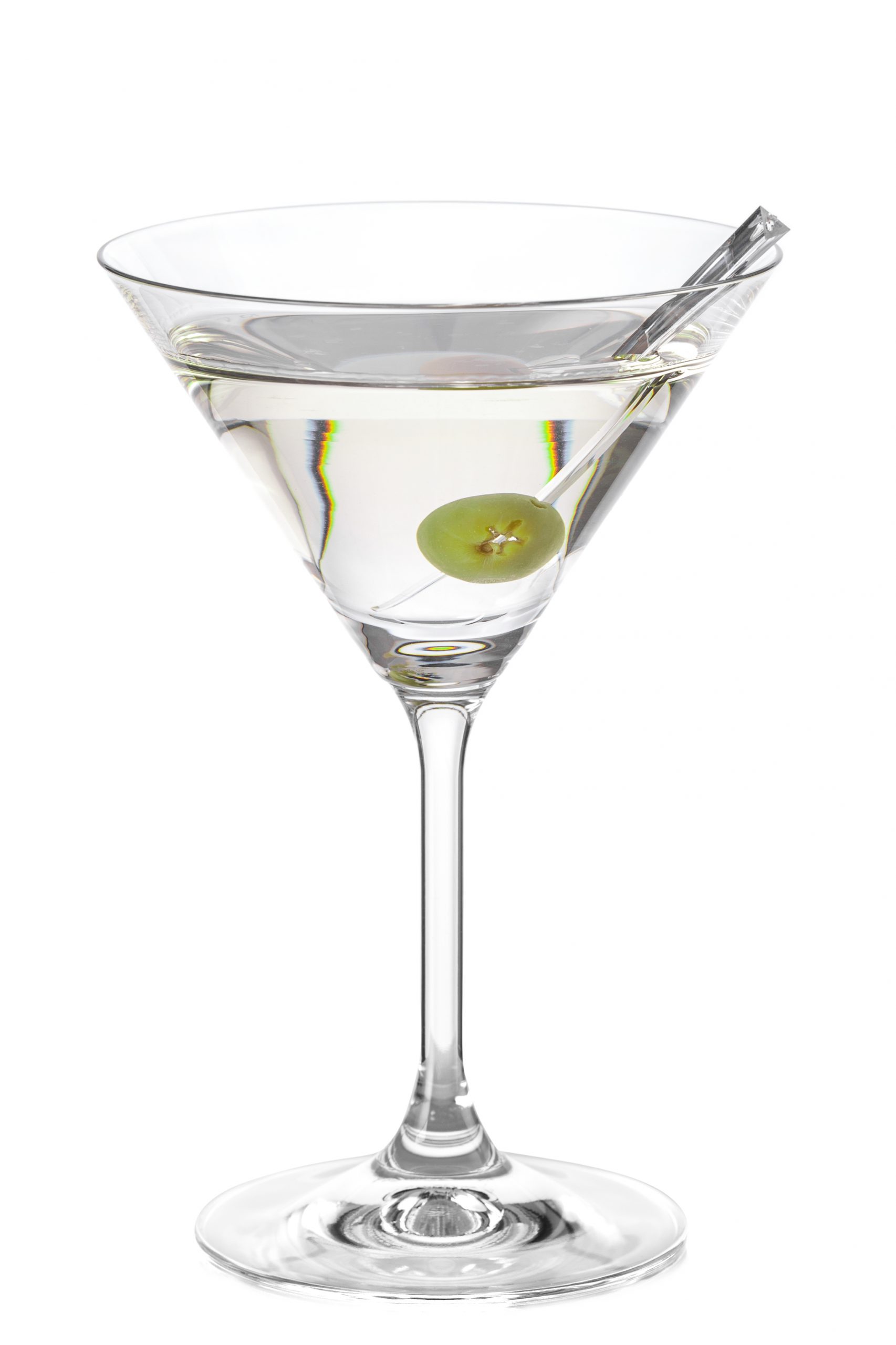
Prep Time
1 Minutes
Cook Time
2 Minutes
Total Time
3 Minutes
Serves
1 People
Calories
60 kcal
Ingredients
2.5 ounces of gin (or vodka if preferred)
.5 ounces of vermouth
.5 ounces of quality olive brine
3 to 4 green olives, either as a garnish or muddled into the glass
3. Vesper Martini Recipe
Of course, there are many slight variations of the classic martini recipe that make for an interesting new experience. First, James Bond’s favorite recipe isn’t actually a dry martini at all. It’s a much sweeter variety known as the Vesper Martini and is a vodka-based drink.
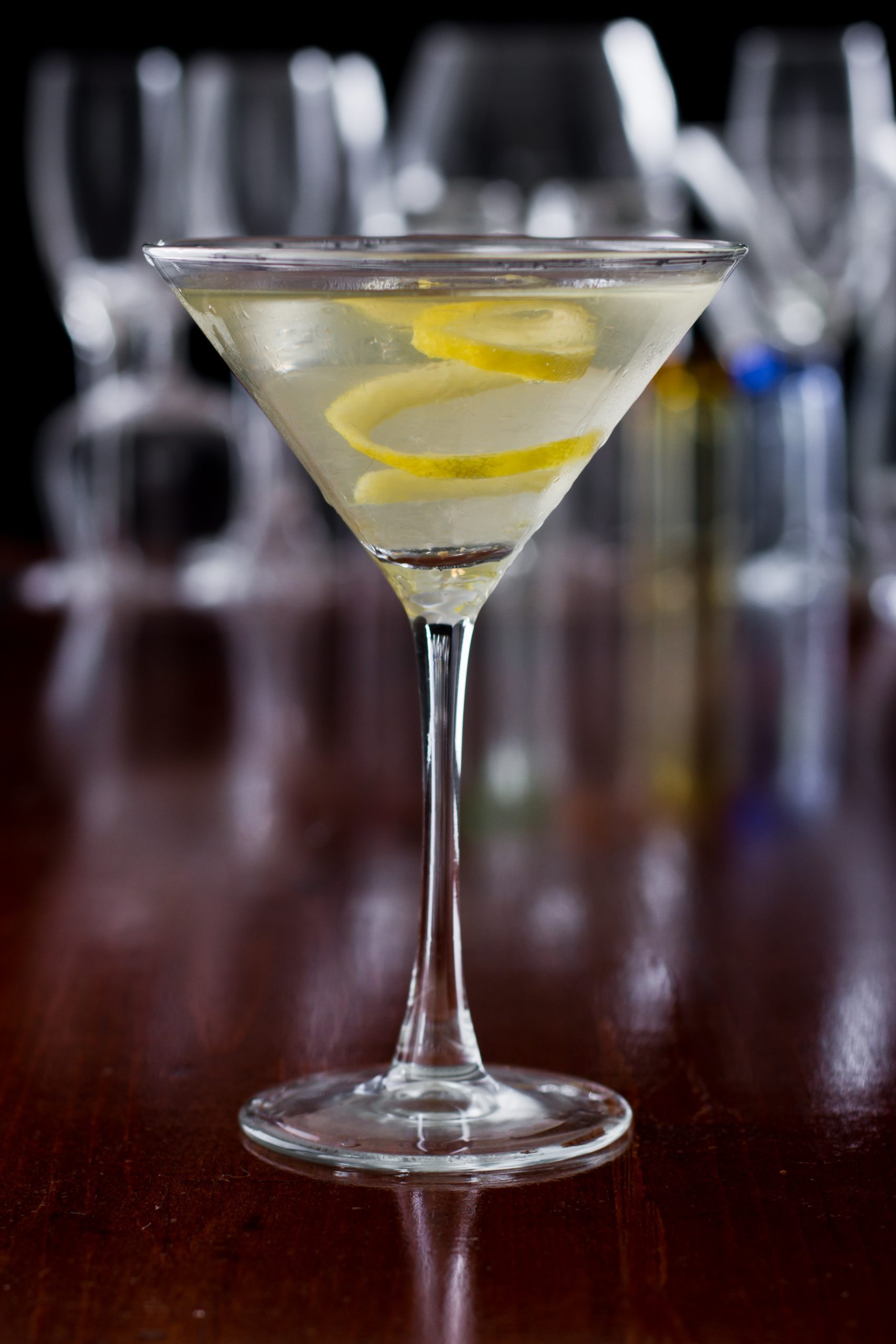
Prep Time
1 Minutes
Cook Time
2 Minutes
Total Time
3 Minutes
Serves
1 People
Calories
260 kcal
Ingredients
3 ounces of Gordon’s gin
.5 ounces of vermouth
1 ounce of vodka
.5 ounce of Kina Lillet
Thin lemon slice for garnish
Instructions
- Combine the alcohols in a mixing glass or a cocktail shaker.
- Shake well and strain into a martini cocktail glass (preferably chilled).
- Garnish with lemon.
Other Martini Variations
Maybe you’d perfect the Perfect Martini instead. This drink isn’t designed to be too distinct from the standard cocktail in particular, but you cut the standard 2.5 ounces of gin into two portions. Use dry vermouth as usual for one part, then use sweeter dessert vermouth for the other portion. This creates a more balanced and flavorful cocktail that’s appealing even to people who don’t usually enjoy martinis.
Try the 50/50 Martini that balances gin and vermouth in even measures for a bolder vermouth flavor. It’s strong and very different in flavor than your standard dry recipe, but it’s worth a shot to see if you like it.
Then there are what is best known as “The -Tini’s.” A Breakfast Martini or an Appletini may sound related to this cocktail, but they mostly only share a name in common. These drinks are almost all very sweet and fruit or dessert flavored. Classic martinis, even variations, are far from sweet. Despite the name, these drinks are best enjoyed on their own and not confused for anything garnished with an olive.
History of the Martini
The martini is one of the oldest American cocktails that has remained relatively unchanged since its start. As with most drinks, dozens of different stories and bars lay claim to it. It’s clear that bartenders were mixing martinis in the 1800s, but there are limited records on who originated the mixture.
Dry martinis have been recorded on menus and in written form as early as 1922. It’s believed that the dirty martini dates back as far as 1901. The first versions were popular in New York but were flavored only by muddling the olive. Adding olive brine is a twist that didn’t become popular until the 30s and 40s.
Shaken or Stirred?
Many people know James Bond’s classic line by heart but don’t actually know what the phrase refers to when mixing drinks. Martinis aren’t served over the rocks or blended like other drinks; they’re only cooled by mixing briefly with ice before straining to prevent the drink from being watered down as ice melts. It’s one of the key tricks to learn how to make a martini that’s as good as the bar.
While a cocktail shaker makes this step go quickly because of the built-in strainer, but it’s not a must for a good martini. A large mixing glass, especially one that’s been kept in the freezer, works just as well. Use a cocktail stirrer to mix the gin and vermouth while circulating them through the crushed ice. Use a flat metal cocktail strainer pressed over the top of the glass to pour the drink into the martini glass without dropping the ice into it.
Practice makes perfect with martinis. Tweak the basic recipes listed above by trying different combinations of gin and vermouth brands. Even herbal infused gin or vermouth can make a big difference in the experience. A martini brunch is a great time for experimenting with new flavors.



